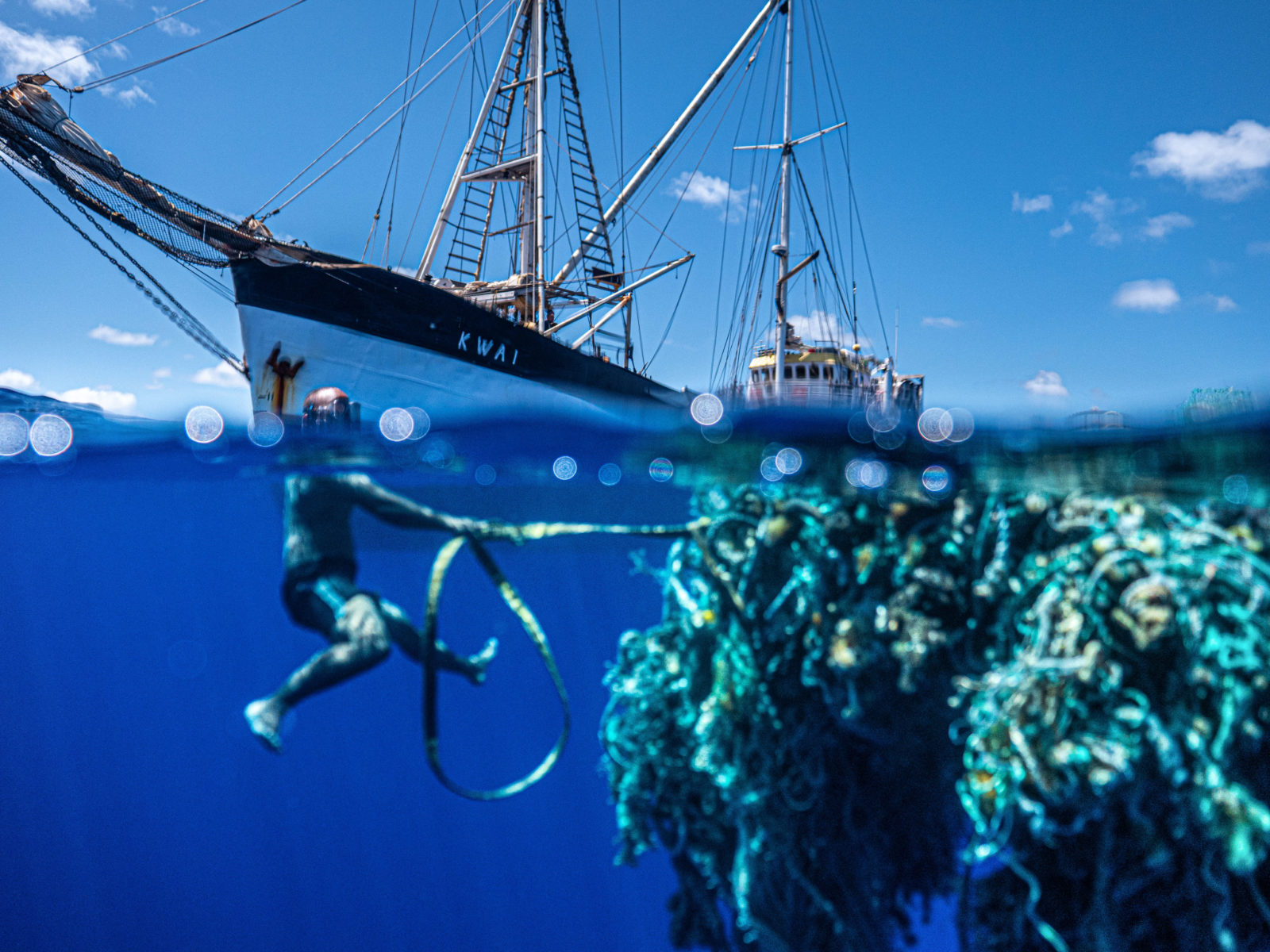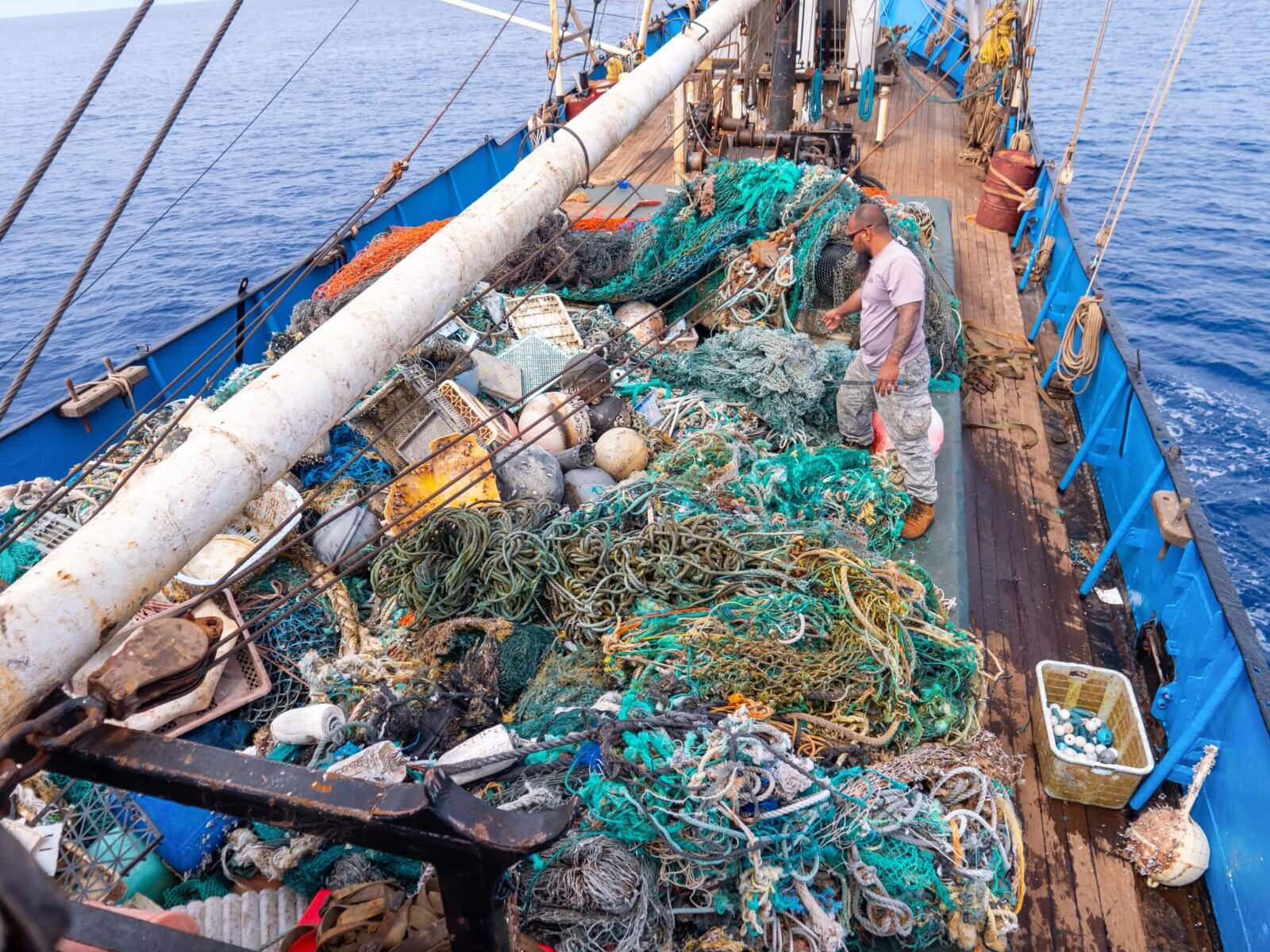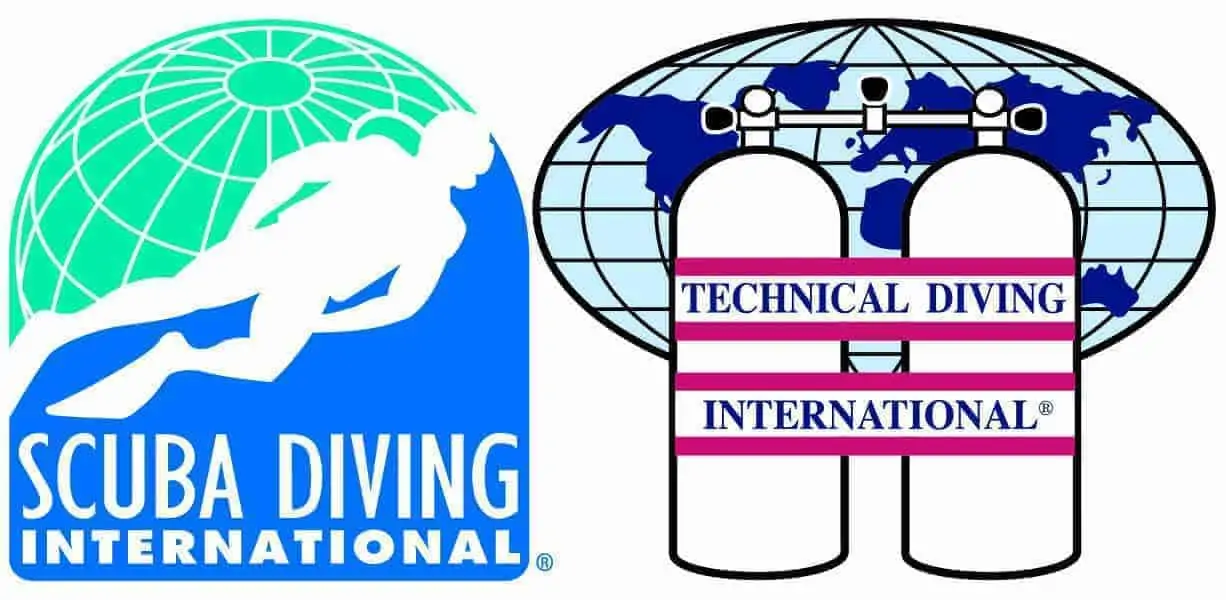Ocean Voyages Institute’s S/V KWAI has successfully removed 103 tons of fishing nets and consumer plastics from the Great Pacific Garbage Patch, or Gyre.
Establishing its lead in open ocean clean-up, Ocean Voyages Institute has set a new record with the largest at sea clean-up in the Gyre to date, more than doubling its own results from last year.
“I am so proud of our hard-working crew,” says Mary Crowley, founder and executive director of Ocean Voyages Institute. “We exceeded our goal of capturing 100 tons of toxic consumer plastics and derelict ‘ghost’ nets, and in these challenging times, we are continuing to help restore the health of our ocean, which influences our own health and the health of the planet.”
Crowley adds: “The oceans can’t wait for these nets and debris to break down into microplastics which impair the ocean’s ability to store carbon and toxify the fragile ocean food web.”

Known as the ‘Ghost Net Buster', Crowley is renowned for developing effective methods to remove significant amounts of plastics out of the ocean, including 48 tons of toxic plastics during two ocean clean-ups in 2019, one from the Gyre and one from the waters surrounding the Hawaiian islands.
“There is no cure-all solution to ocean clean-up: It is the long days at sea, with dedicated crew scanning the horizon, grappling nets, and retrieving huge amounts of trash, that makes it happen,” says Locky MacLean, a former director at Sea Shepherd and ocean campaigner in marine conservation for two decades.
The GPS satellite trackers used by Ocean Voyages Institute since 2018 are proving Crowley’s theory that one tracker can lead to many nets. The ocean frequently sorts debris so that a tagged fishing net can lead to other nets and a density of debris within a 15-mile radius.
The Pacific Gyre, located halfway between Hawaii and California, is the largest area with the most plastic, of the five major open ocean plastic accumulation regions, or Gyres, in the world’s oceans.

“We are utilizing proven nautical equipment to effectively clean-up the oceans while innovating with new technologies,” says Crowley. “Ocean Voyages Institute has been a leader in researching and accomplishing ocean clean-up for over a decade, granted with less fanfare and attention than others, but with passion and commitment and making meaningful impacts.”
Ocean Voyages Institute will be unloading the record-breaking haul of ocean plastic debris while docked alongside Pier 29 thanks to the support of Honolulu-based Matson, in preparation for upcycling and proper disposal.
“In keeping with our commitment to environmental stewardship, Matson has been searching for a way to get involved in cleaning up the Pacific Gyre,” said Matt Cox, chairman and CEO. “We’ve been impressed with the groundbreaking efforts of Ocean Voyages Institute and the progress they’ve made with such a small organization, and we hope our support will help them continue this important work.”








